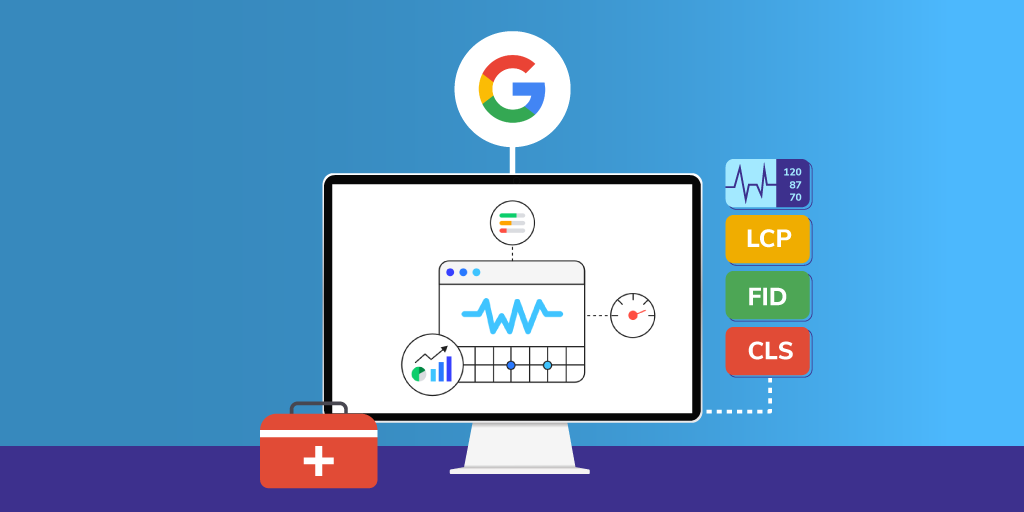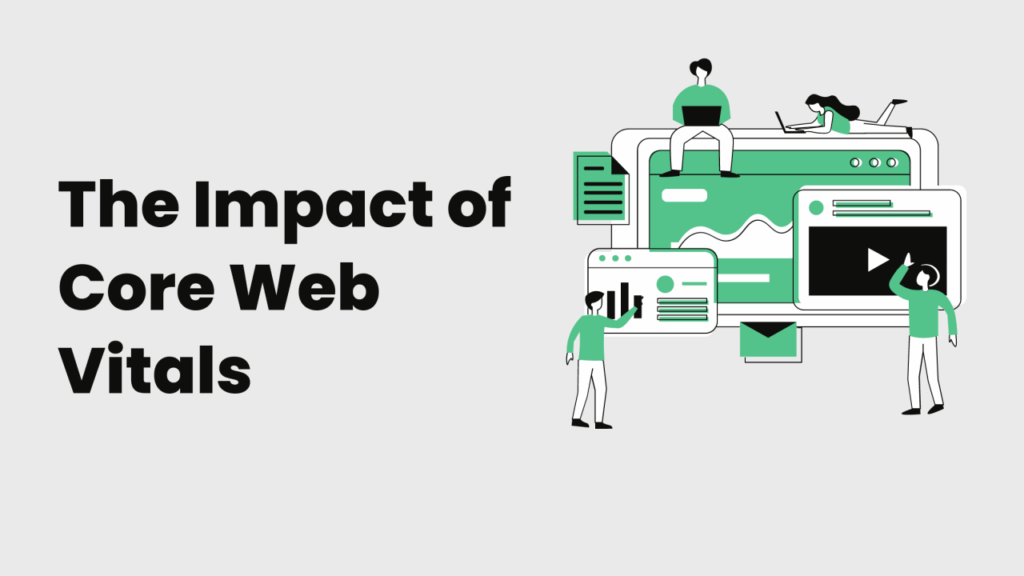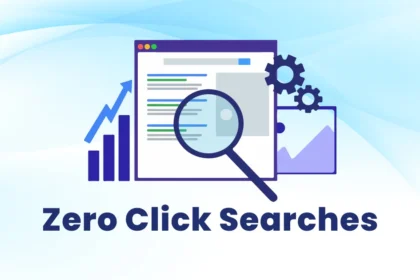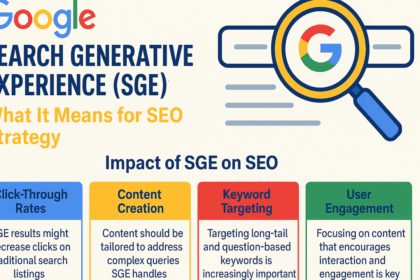When Google introduced Core Web Vitals as ranking signals in 2021, the SEO world quickly mobilized. Developers reworked code, marketers scrambled to audit site speed, and performance tools exploded in popularity. Core Web Vitals promised to reshape how websites are ranked—favoring fast, stable, and interactive pages.
But several years later, with new updates, AI-powered search, and evolving algorithms, one question still lingers: Do Core Web Vitals really impact rankings, or were they overhyped?
Let’s dive into what Core Web Vitals are, how much they matter in 2025, and whether the hype was justified.
What Are Core Web Vitals?

Core Web Vitals are a set of specific metrics introduced by Google to measure user experience in three areas:
- Largest Contentful Paint (LCP) – How quickly the largest visible element loads (should be under 2.5 seconds).
- First Input Delay (FID) – How fast the page responds to user input (being replaced by INP).
- Cumulative Layout Shift (CLS) – How stable the page layout is as it loads (should be under 0.1).
As of 2024, Interaction to Next Paint (INP) has replaced FID as a more accurate way to measure interactivity. INP tracks how quickly the site responds to any interaction throughout the page session.
The Original Promise: UX as a Ranking Factor
Google’s pitch was simple: better-performing pages create better user experiences, so they should rank higher. The rollout of Core Web Vitals as part of the broader Page Experience update marked a shift toward rewarding websites that prioritize speed, responsiveness, and visual stability.
It was also a message: UX is not just for designers—it’s a ranking factor.
So, Did Core Web Vitals Actually Impact Rankings?
✅ Yes, but not dramatically.
Despite the buzz, Core Web Vitals have always been lightweight ranking signals. In competitive SERPs, performance differences might give you a small edge—but they won’t outrank better, more relevant content.
Here’s how they actually affect SEO:
- Tiebreaker, not kingmaker: When two pieces of content are equally relevant, Core Web Vitals can tip the scales.
- Mobile-first emphasis: Poor mobile performance will hurt more than on desktop, especially in mobile-dominated niches.
- UX alignment: Good performance boosts user engagement metrics—like time on page and bounce rate—which indirectly influence SEO outcomes.
So, no—Core Web Vitals won’t rocket you from page three to page one. But in competitive spaces, small advantages stack up.
The Real Benefits (Beyond Rankings)

Even if the direct SEO gains are modest, improving Core Web Vitals has tangible benefits:
1. Better User Experience
Pages that load fast and respond quickly reduce bounce rates, increase conversions, and make users happier. That matters for every channel—not just search.
2. Higher Engagement and Retention
Sites with excellent performance tend to have better scroll depth, more repeat visits, and higher engagement rates—metrics that support your broader digital strategy.
3. Stronger Conversion Rates
Even a one-second improvement in load time can dramatically increase conversion rates, especially for eCommerce, SaaS, and mobile-heavy businesses.
4. Future-Proofing
Google’s focus on performance isn’t going away. Sites with good Core Web Vitals are better positioned to adapt to new ranking signals, especially as AI and user experience become more intertwined.
Where the Hype Fell Short
Despite the benefits, Core Web Vitals were arguably over-marketed as a critical SEO game-changer. Some common misconceptions include:
- “Fix your LCP and you’ll jump to the top of Google.”
False. Content quality, backlinks, and intent matching still outweigh performance. - “Core Web Vitals are a major ranking factor.”
Not exactly. Google has always said they’re one of many signals, and a relatively minor one at that. - “Every site must score 100 in PageSpeed Insights.”
Unnecessary. Perfect scores are often impractical. What matters is real-world performance in the field—not lab perfection.
Who Should Prioritize Core Web Vitals?
Core Web Vitals matter more in some cases than others. You should prioritize them if:
- You operate in highly competitive verticals (finance, tech, eCommerce).
- Your site has a mobile-first audience.
- Your site suffers from high bounce rates or low conversion.
- You’re launching a new brand and want technical excellence from day one.
On the flip side, if you’re ranking well with strong, relevant content and user engagement, and your metrics are just average—not failing—you likely won’t see massive SEO wins from squeezing milliseconds out of your LCP.
How to Optimize Without Obsessing

If you want better Core Web Vitals without getting lost in the weeds:
- Use a CDN – Reduce server latency and speed up content delivery.
- Optimize images – Compress and serve them in modern formats like WebP.
- Minimize JavaScript – Delay non-essential scripts and use lazy loading.
- Improve mobile usability – Make sure buttons, fonts, and menus are easy to interact with.
- Test in the field – Use tools like Search Console, Chrome UX Report, and PageSpeed Insights for real-world data.
You don’t need a perfect score—just stay in the “good” zone.
Final Verdict: Real Impact or Overhyped?
Core Web Vitals have a real impact—but only within context.
They are not a silver bullet for rankings. They are part of a larger ecosystem of trust, usability, and performance that shapes how users interact with your site—and how search engines evaluate it.
In 2025 and beyond, SEO success comes from aligning technical quality, valuable content, and great user experience. Core Web Vitals are one piece of that puzzle—not the whole picture.
So, were they overhyped? Yes.
Are they still worth caring about? Absolutely.






